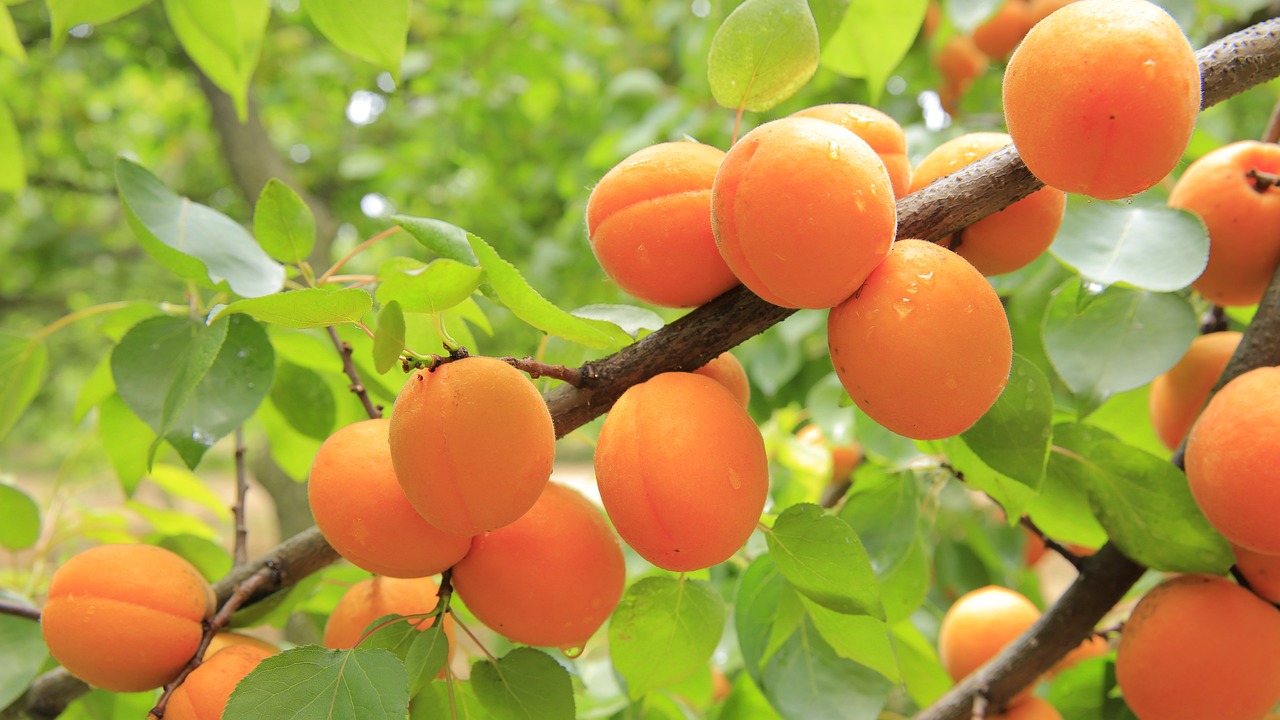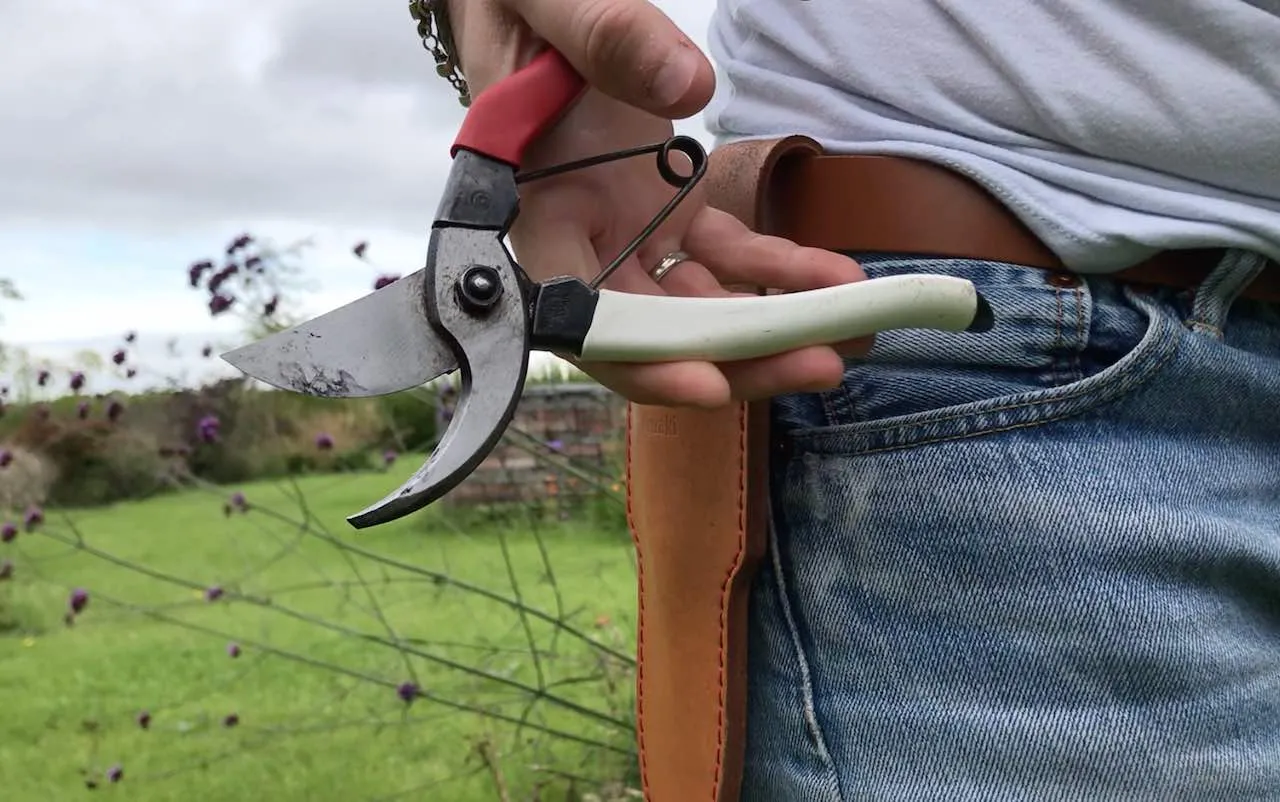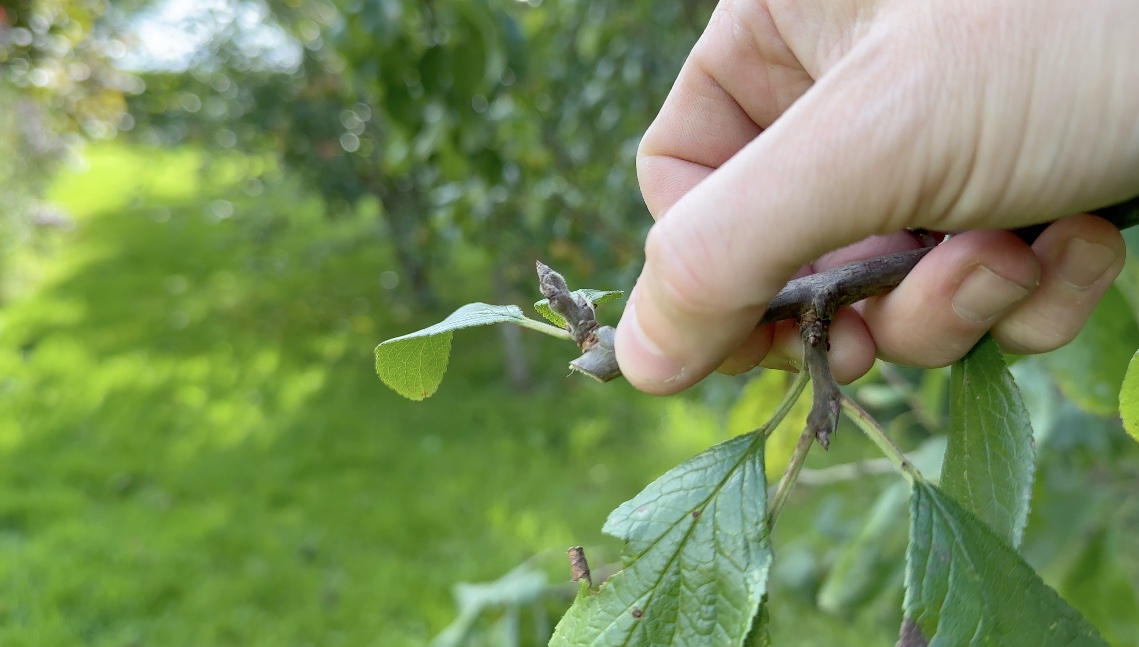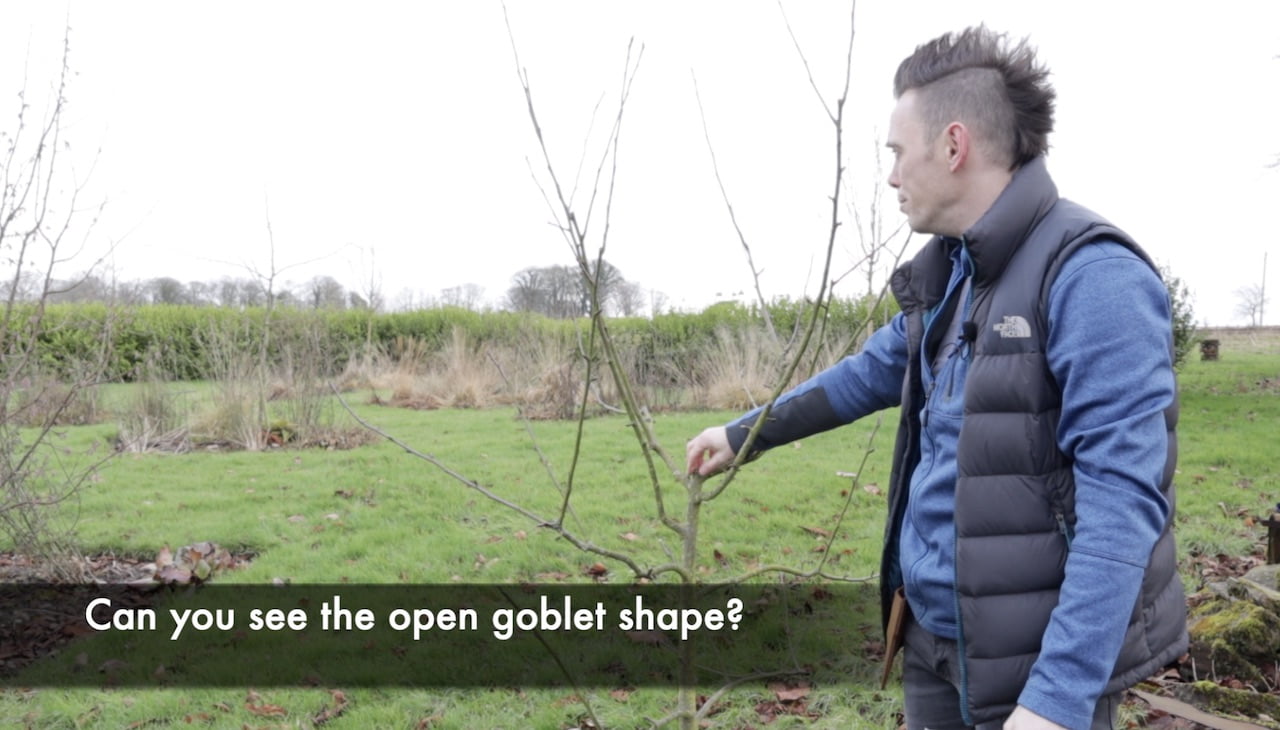Hi @bat135
Thanks for your comment on when the best time to prune Apricot fruit trees is. You're correct that the best time is the same as it is for cherry trees and all Prunus genus fruit trees, which is late summer.
However, don't panic too much that any autumn or winter pruning of Apricots will immediately lead to silverleaf disease.
 Silverleaf disease is caused by the fungus Chondrostereum purpureum and infects open wounds in winter, especially during wet weather. It is usually a death note for any trees infected with it.
Silverleaf disease is caused by the fungus Chondrostereum purpureum and infects open wounds in winter, especially during wet weather. It is usually a death note for any trees infected with it.
It sounds like you've done the right thing in checking the tree's wounds and using clean pruning tools. The fact it's young helps, and that you've only taken out 4 branches means the chances are super low. That said at least you know now for the future to always prune Apricots in late summer, see my guide below.
https://youtu.be/EWPEuJ48kmU
Where to plant Apricot trees in the UK?
Apricot trees thrive in sheltered locations with plenty of sunshine. They require warm summers and mild winters, with temperatures consistently above 15°C (59°F) for a long growing season. Since spring frosts can damage delicate blossoms, it’s essential to protect trees with horticultural fleece when frost is expected.
Choosing the right location is key to successful growth. A sunny, south-facing spot, such as against a warm wall or inside a greenhouse, provides the best conditions. Additionally, shielding apricot trees from cold winds helps prevent flower damage and supports healthier fruit development.
How to Prune Apricot Fruit Tress
Here are some top tips for pruning Apricots in late summer to avoid silverleaf for other gardeners new to pruning fruit trees.
When to Prune
Late Spring to Early Summer (May to July): Prune apricot trees during dry weather to minimize the risk of infection. Avoid winter pruning as apricots are prone to diseases like silver leaf and canker.
Tools Needed:
- Sharp, clean pruning shears or secateurs
- Loppers for thicker branches
- Disinfectant for cleaning tools

Step 1: Prepare the Tree
- Inspect the tree for dead, damaged, or diseased branches and make a note mentally of what needs to go or whats growing in the wrong direction.
- Clean your tools to avoid spreading disease and gather your bucket ready for clippings.
Step 2: Remove Dead, Damaged, or Diseased Wood
- Cut back any dead or damaged branches to healthy wood, either the main trunk of an appropriate outward-facing bud.
- Always make cuts at a 45 degree angle away from a bud.
- Remove any branches with signs of disease.

Step 3: Thin Out Crowded Areas
- Prune congested branches to improve air circulation and sunlight penetration.
- Remove inward-growing branches and suckers (shoots from the base).
Step 4: Shape the Tree
- Aim for an open, goblet-like shape with evenly spaced branches.
- Shorten last year’s growth by about one-third to encourage fruiting spurs.

Step 5: Tidy Up
- Collect and dispose of pruned branches to prevent disease spread.
- By using clean tools, you ensure your tree's pruning wounds will heal quickly. I don't advise sealing wounds as this can cause more harm than good! Let air and nature do it's thing!
Aftercare Tips for Apricvot Pruning:
- Water the tree during dry spells.
- Mulch around the base to retain moisture.
- Feed with a balanced fertilizer in early spring.
https://youtu.be/5BhGtCjT2TQ
I hope that helps. Let us know how you get on!
All the best
Lee Garden Ninja
Hi @bat135
Thanks for your comment on when the best time to prune Apricot fruit trees is. You're correct that the best time is the same as it is for cherry trees and all Prunus genus fruit trees, which is late summer.
However, don't panic too much that any autumn or winter pruning of Apricots will immediately lead to silverleaf disease.
 Silverleaf disease is caused by the fungus Chondrostereum purpureum and infects open wounds in winter, especially during wet weather. It is usually a death note for any trees infected with it.
Silverleaf disease is caused by the fungus Chondrostereum purpureum and infects open wounds in winter, especially during wet weather. It is usually a death note for any trees infected with it.
It sounds like you've done the right thing in checking the tree's wounds and using clean pruning tools. The fact it's young helps, and that you've only taken out 4 branches means the chances are super low. That said at least you know now for the future to always prune Apricots in late summer, see my guide below.
Where to plant Apricot trees in the UK?
Apricot trees thrive in sheltered locations with plenty of sunshine. They require warm summers and mild winters, with temperatures consistently above 15°C (59°F) for a long growing season. Since spring frosts can damage delicate blossoms, it’s essential to protect trees with horticultural fleece when frost is expected.
Choosing the right location is key to successful growth. A sunny, south-facing spot, such as against a warm wall or inside a greenhouse, provides the best conditions. Additionally, shielding apricot trees from cold winds helps prevent flower damage and supports healthier fruit development.
How to Prune Apricot Fruit Tress
Here are some top tips for pruning Apricots in late summer to avoid silverleaf for other gardeners new to pruning fruit trees.
When to Prune
Late Spring to Early Summer (May to July): Prune apricot trees during dry weather to minimize the risk of infection. Avoid winter pruning as apricots are prone to diseases like silver leaf and canker.
Tools Needed:
- Sharp, clean pruning shears or secateurs
- Loppers for thicker branches
- Disinfectant for cleaning tools

Step 1: Prepare the Tree
- Inspect the tree for dead, damaged, or diseased branches and make a note mentally of what needs to go or whats growing in the wrong direction.
- Clean your tools to avoid spreading disease and gather your bucket ready for clippings.
Step 2: Remove Dead, Damaged, or Diseased Wood
- Cut back any dead or damaged branches to healthy wood, either the main trunk of an appropriate outward-facing bud.
- Always make cuts at a 45 degree angle away from a bud.
- Remove any branches with signs of disease.

Step 3: Thin Out Crowded Areas
- Prune congested branches to improve air circulation and sunlight penetration.
- Remove inward-growing branches and suckers (shoots from the base).
Step 4: Shape the Tree
- Aim for an open, goblet-like shape with evenly spaced branches.
- Shorten last year’s growth by about one-third to encourage fruiting spurs.

Step 5: Tidy Up
- Collect and dispose of pruned branches to prevent disease spread.
- By using clean tools, you ensure your tree's pruning wounds will heal quickly. I don't advise sealing wounds as this can cause more harm than good! Let air and nature do it's thing!
Aftercare Tips for Apricvot Pruning:
- Water the tree during dry spells.
- Mulch around the base to retain moisture.
- Feed with a balanced fertilizer in early spring.
I hope that helps. Let us know how you get on!
All the best
Lee Garden Ninja
 Lee Burkhill: Award Winning Designer & BBC 1's Garden Rescue Presenters Official Blog
Lee Burkhill: Award Winning Designer & BBC 1's Garden Rescue Presenters Official Blog



